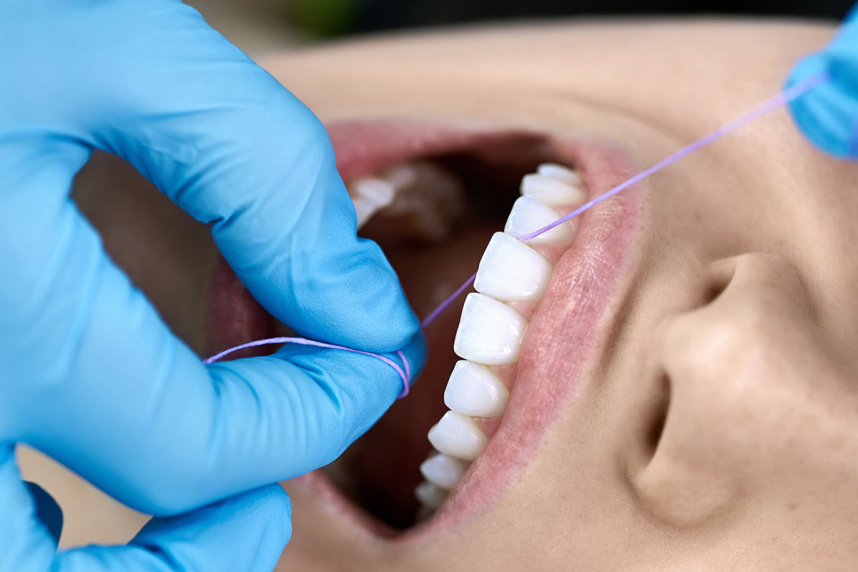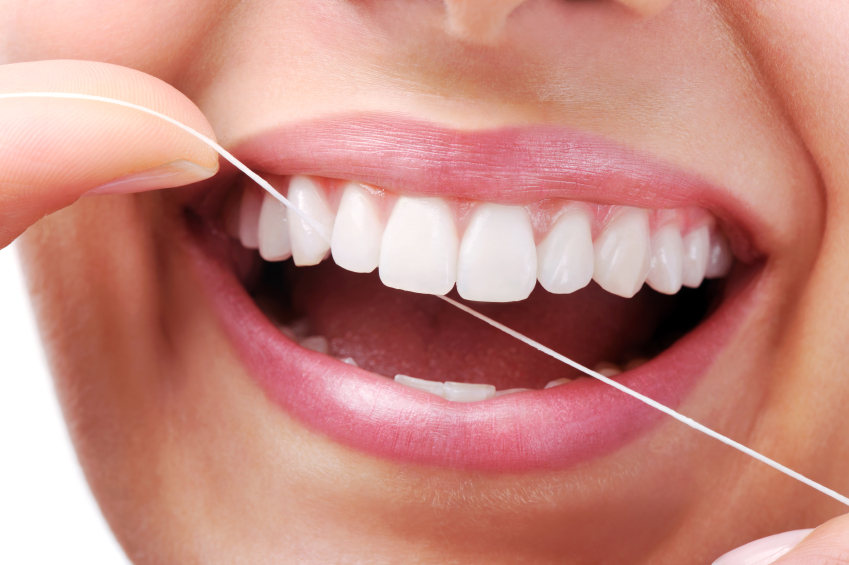
A new vaccine method using flossed gums shows full flu protection in mice and could offer mail-order, needle-free vaccines for humans. Flossing might soon do more than protect your teeth.
Scientists have developed a new vaccine delivery method that uses specialized dental floss to trigger an immune response, without the need for needles. In the study, researchers tested the novel technique by applying vaccine components such as proteins and inactivated viruses along the gum lines of mice. The floss-based approach effectively stimulated the immune system and protected the rodents from a lethal flu strain. Flossing mice for science.
The team flossed 50 mice every two weeks over 28 days. One researcher gently pulled down each mouse’s jaw using a keychain ring, while another flossed the gums with vaccine-laced strands. After four weeks and three flossing sessions, the mice were exposed to a lethal dose of influenza. All of the vaccinated mice survived. Those who hadn’t received the floss-based vaccine died. Researchers found signs of a systemic immune response in the flossed mice.

Flu-fighting antibodies appeared in their feces, saliva, and bone marrow. That last discovery was key; antibodies in bone marrow suggest long-term immunity. The vaccinated group also showed elevated T cell levels in their lungs and spleens. T cells help the body destroy virus-infected cells and prevent future infections. The results suggest this flossing method doesn’t just offer local protection in the mouth, but activates a strong immune response throughout the body, something that traditional mucosal vaccines have struggled to achieve.
Testing for human feasibility
To explore whether the technique might work in people, scientists recruited 27 healthy adults. Each participant used dental picks coated in food dye. On average, the dye reached gum tissue in about 60% of flossing attempts. That level of contact shows potential, though further refinement is needed for consistent delivery. The gums between teeth are highly permeable, which allows vaccine molecules to pass through more easily than skin or other tissues.
The oral cavity is also a frontline entry point for viruses. But developing vaccines for the mouth and nose has proven difficult due to the body’s natural resistance to foreign agents in these regions. Floss, however, might offer a way to bypass those defenses. “These findings establish floss-based vaccination as a simple, needle-free strategy that enhances vaccine delivery and immune activation compared with existing mucosal immunization methods,” wrote the researchers.

Pandemic-ready and needle-free. Beyond effectiveness, this method offers practical advantages. Needle-phobic patients may be more willing to receive vaccines delivered via a floss-like device. The treatment also doesn’t require cold-chain storage, which simplifies distribution.
Floss-based vaccines could even be mailed to households during outbreaks, enabling faster, more widespread immunization during pandemics. While the method is still in early stages, it marks a significant step toward making vaccinations more accessible and less invasive.

With further development, a daily health habit like flossing could potentially double as a means of disease prevention on a global scale. The study is published in Nature Biomedical Engineering.